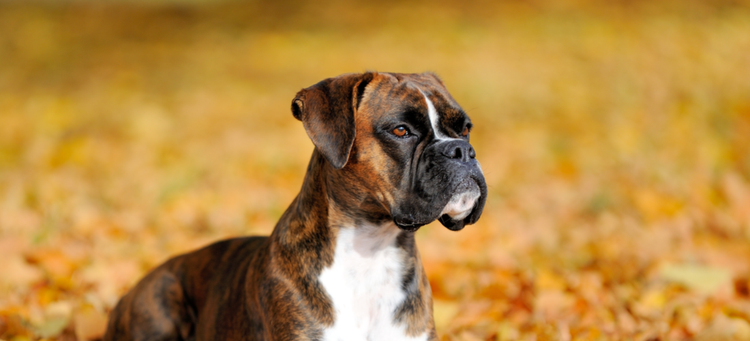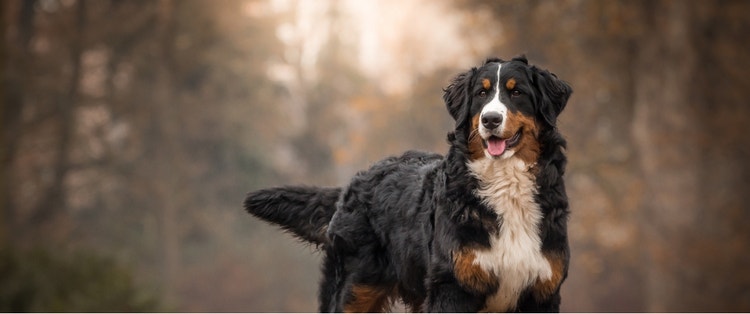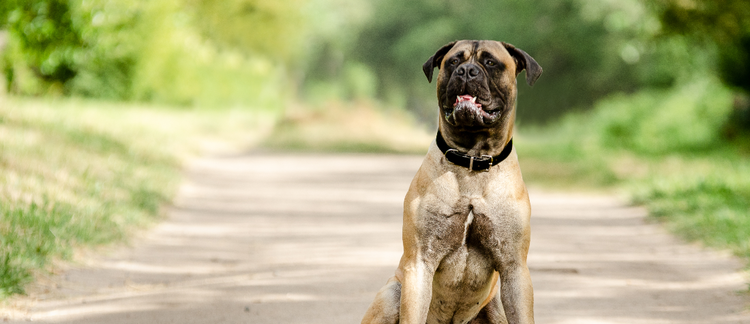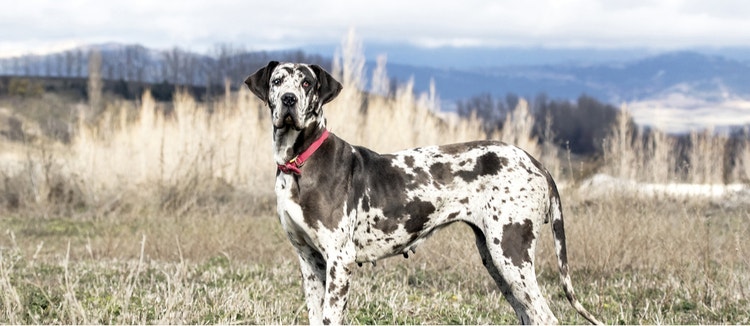
Great Dane
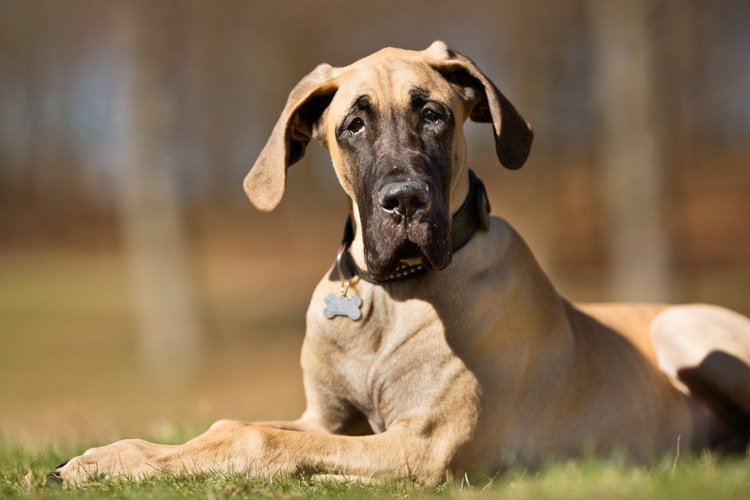
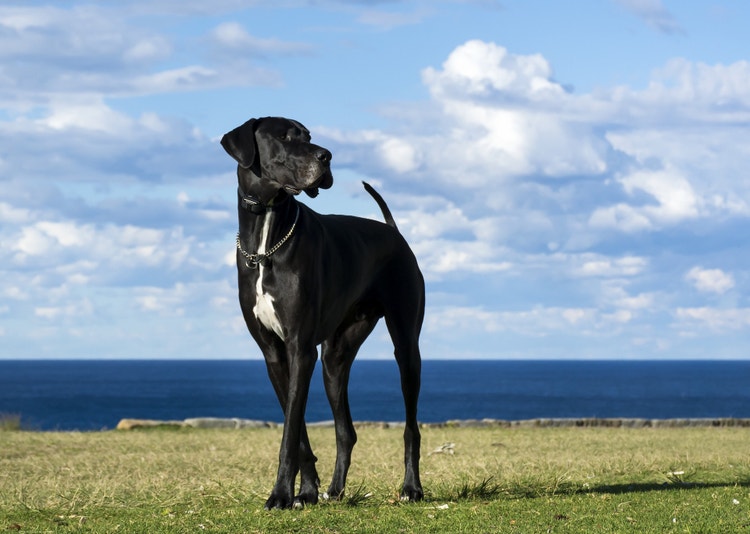
Where Are Great Danes From?
Despite the name, the Great Dane is a breed of German origin. They are the tallest of the mastiffs and known as “Gentle Giants.” There are many theories surrounding the evolution of the Dane, some of which note them as descendants of the Tibetan Mastiff, Irish Wolfhound, or English Mastiff. Regardless of origin, the Germans developed a very powerful dog that was incredibly successful at hunting wild boar.
The Great Dane has a variety of names, most of which do not refer to the breed’s German heritage. In the late 19th century, the Dane was officially given the name Deutsche Dogge (German Mastiff), but this moniker is not utilized in most countries.
Today’s Danes are much gentler and more patient than their predecessors, though they will protect their families with a fierceness that reflects their heritage.
Caring for a Great Dane
How Much Food Does a Great Dane Need?
How Much Food Does a Great Dane Need?
Great Danes require tremendous amounts of food, which can be costly. This should be a consideration before adding a Dane to the family. They are prone to gastric dilatation volvulus, so it may be helpful to feed smaller portions and avoid strenuous activity after mealtime. They are known counter-surfers as well, so keep tasty foods out of their reach.
How Much Grooming Does a Great Dane Need?
How Much Grooming Does a Great Dane Need?
Danes require minimal grooming. Brushing every few days to distribute oils keeps the coat and skin healthy, and baths every few weeks should keep your Dane looking their best. They can be sensitive if touched on their feet, so early handling is highly recommended.
Are Great Danes Healthy Dogs?
Are Great Danes Healthy Dogs?
Great Danes are prone to health problems, due to their size and poor breeding practices. They have an average lifespan of 5 to 7 years. Danes should be screened for cardiac, hip, and ocular disorders. Gastric dilatation volvulus (also known as bloat) is a very common, life-threatening concern that afflicts many Danes. Families should educate themselves to understand and recognize the warning signs, and know what to do if their dog shows symptoms. They are also prone to many orthopedic diseases.
Danes are predisposed to: gastric dilatation volvulus, dilated cardiomyopathy (DCM), hip dysplasia, glaucoma, cataracts, entropion, pyoderma, osteosarcoma, osteochondrosis dissecans (OCD), hypothyroidism, aortic stenosis, and chronic valvular disease.

Do You Need to Train a Great Dane?
Do You Need to Train a Great Dane?
They may be “gentle giants,” but Danes still require moderate training to ensure that they are well mannered. Socialization should begin early, both with other dogs and humans. Always use caution around small children and pets, since Danes may not know how big they are, and accidentally injure a smaller family member.

How Much Exercise Does a Great Dane Need?
How Much Exercise Does a Great Dane Need?
Danes may love to be couch potatoes, but they do need exercise. Daily walks are usually enough to keep them content. More vigorous activities like obedience training and agility are enjoyed by Danes with higher energy levels.
What Are the Physical Characteristics of a Great Dane?
Great Dane Facts
Other Breeds to Explore
References
- Millward, Adam. “Prodigious pets: five of the world’s biggest domestic animals.” Guinness World Records, 2019.
- American Kennel Club. The Complete Dog Book. Random House Digital, Inc., 2006.
- Morris, Desmond. Dogs: The Ultimate Dictionary of Over 1,000 Dog Breeds. Trafalgar Square, 2002.
- Wilcox, Bonnie and Chris Walkowicz. The Atlas of Dog Breeds of the World. T.F.H Publications, Inc., 1995.
